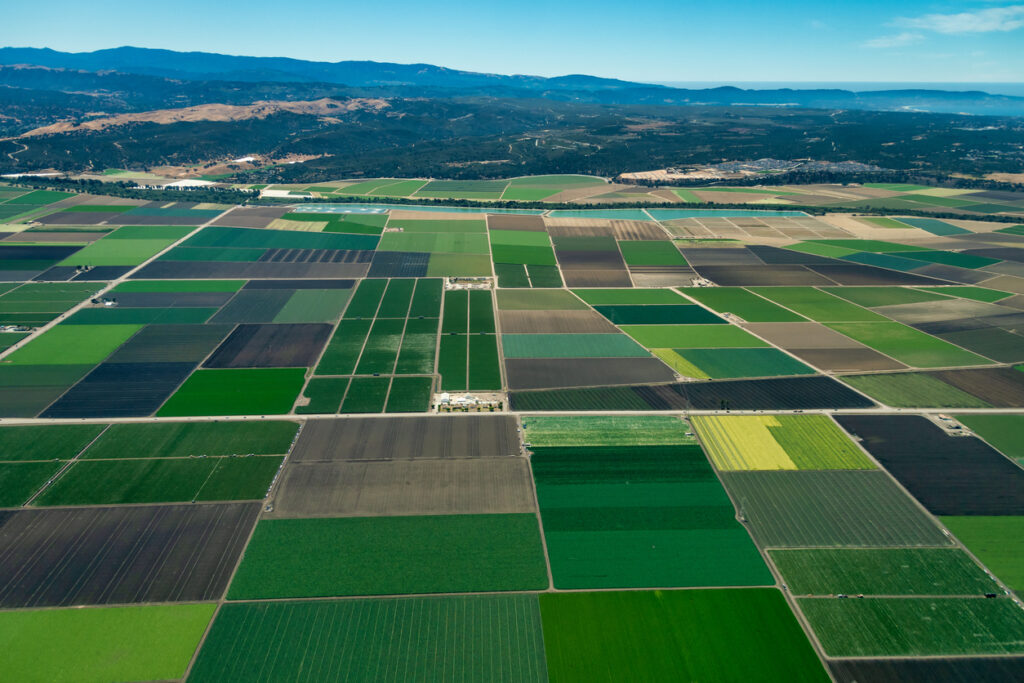Why does California need a Rural Health Association? Fun fact: more than 60% of the land in California is rural. Amazingly, although approximately 87% of Californians live in urban areas, still over 3 million people live in rural areas.* Why should this affect us? Another fun fact I found on the California Department of Food and Agriculture website is that “nearly one-third of the nation’s vegetables and three-quarters of the nation’s fruits and nuts are grown in California.**

Think of that. The majority of the food Americans put on their tables comes from California, raised, picked, and moved by the laborers and farmers who live and work in the rural areas of the state. The restaurants, grocery stores, gas stations, medical and dental care providers, and all who care for our rural neighbors are among the three million people who live in this vast area. We work hard to feed the nation and deserve good health care.
Back to my original question of why we need the California State Rural Health Association (CSRHA). I attended a conference of the CSRHA this week and found the answer is very complex and needs a solution “yesterday”. There are so many moving parts to the solution, that I will only share a small bit of information.
I was struck by the disparity in health services between urban and rural areas. I won’t bore you with those statistics but my takeaway from the presenters in this area was that the laws that govern California tend to favor the urban areas, as one would imagine. The people with the most money and the loudest voice get the rewards.
We heard that critical access hospitals are closing in rural counties, not due to the lack of need for hospitals. It is more the opposite. The need for health care in rural areas is greater than the need in urban areas. In rural areas, people are older, sicker, and poorer, and because hospitals cannot compete with salaries in urban areas, there are fewer medical and dental providers to care for the residents who feed our nation. These folks already live farther from healthcare facilities, but with the closing of hospitals in rural areas, makes an emergency room visit even more life-threatening than it may be already if the nearest emergency department is 100 miles away.

Dental care suffers the same disparity in rural regions. Dental providers are spread out, involving driving long distances for dental care. Medi-Cal Dental providers are scarce. Some counties do not even have a Medi-Cal Dental provider. My goal as a dental hygiene care provider or RDHAP, is to share the gap in services with my RDHAP colleagues and think of ways to get our services to the very rural areas.
Oral health is general health. Preventive and therapeutic dental hygiene care is also hard to find in these areas and the RDHAP, with their ability to provide these services, can greatly help rural residents improve their oral health which can translate into improved general health as well.
My final takeaway from this conference was that if you live in these rural areas and see the need for our legislators to focus on improving services in your area, contact them. Look on the Internet at Find your Legislator, call or email them, voice your concerns, and ask questions. They need to hear from us. I don’t know the solution, but there must be ways to attract healthcare providers to our beautiful rural areas of California. You can also contact the CSRHA if you would like more information or want to become involved in the process and solution.
*https://www.rcrcnet.org/sites/default/files/useruploads/Documents/Resources/CountyMapsFacts/Member%20County%20Facts%202021-12.pdf
**https://www.cdfa.ca.gov/Statistics/
